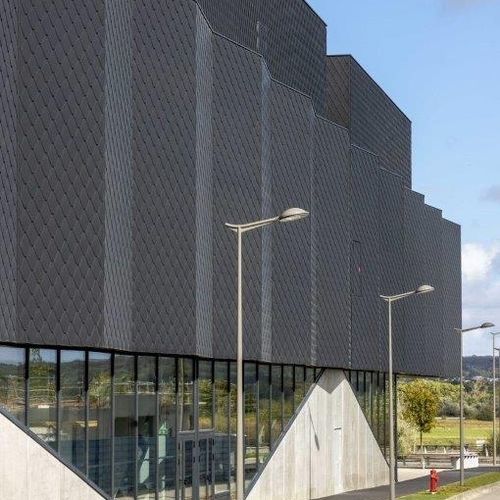
#Product Trends
HOW CAN A MEMORIAL HEAL THE WOUNDS OF THE PAST?
This striking monument, designed in partnership with MASS Design Group, keeps alive the memory of the terrible events that were witnessed in the United States during the era of slavery and social segregation and the subsequent racial violence.
The Project
This Memorial is a physical act of reconciliation, of strengthening memory and, of course, of striving for peace and social justice.
EJI-Equal Justice Initiative is the organisation that has pioneered this project, basing its work on a rigorous research process. Using conceptual elements, symbolism and metaphors, materialised in an unprecedented work of monumental art, this memorial acts as an important register which, through art, records the suffering experienced by so many for the present and future generations.
Internal Distribution.
The Pavilion is laid out as a gallery, the interior of which can be visited, and it is placed on a site which is designed to awaken the senses of the visitor and to bring alive the feelings of anguish, desperation and oppression that these human beings experienced, not only at the times of their deaths, but also throughout their lives.
.
The names of the 4400 people who were lynched, together with their execution dates, were engraved into 800 blocks of steel which represent the counties in which the killings took place.
These metallic structures, measuring 1.80m in height and weighing approximately 90kg each, literally hang from a pavilion, symbolising the hangings that these victims of intolerance and social hatred were subjected to.
Technical challenges
The ceiling from which these blocks are hung is clad in elZinc Graphite®, and presented various design challenges. Our Partners Metaltech-USA had to modify the flat lock panel joint to comply with the design intent, whilst satisfying structural and installation considerations.
The desired appearance was that of a completely flat surface, the starting point for which was an ‘S’-lock panel. Unfortunately this joint, whilst achieving the desired flat surface, came up short in regard to structural considerations. Standard flat lock joints create a small step between panels where they interlock, and it is this step that gives the panels their loading ability. To get around this, the designers incorporated a hidden step detail that gave the panels the load capacity they needed whilst keeping the design intent intact.
The installation of the panels was also atypical in that they were fixed back to an open system of metal profiles. Without the normal full substrate behind the zinc, the location of the fixing points of the panels, and therefore the position of the metal rails had to be pre-determined, requiring close coordination between the trades involved in the ceiling’s construction.
Much more than a monument
Situated on an extensive plot of land in the heart of Montgomery, Alabama, this memorial is a perfect meeting of art, architecture, landscaping, urban design, creativity and technology, but above all it is a powerful voice and a striking display of social activism.
The architecture by the EJM and the technical implementation by MetalTech-USA and elZinc America showcase a masterful centre of conceptual design. Using an architectural project as a starting point, and making full use all of the tools available to them, they succeeded in transforming this monument into speech, into an icon and into the symbol of an entire nation. This monument is an indelible reminder of the country's history, yet it also represents the hope for a more egalitarian future based on peace and greater social justice.
To create is to remember!
The actors of the project:
Architects: MASS Design Group
Distributor: elZinc America
Installer: Clark Brothers Solutions
Technical development: Metaltech U.S.A.
Promoter: Equal Justice Initiative
Photograph: Marco Ramírez





